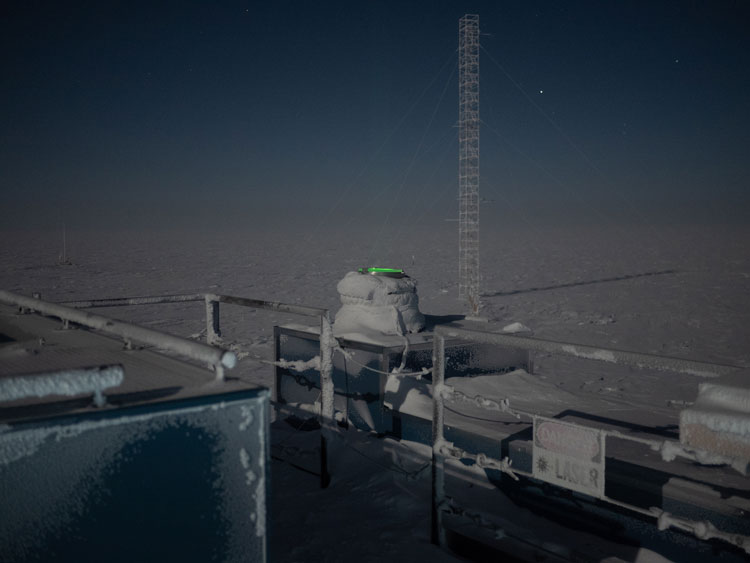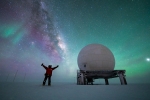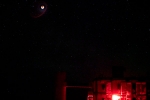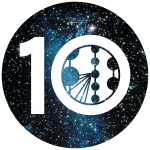Although IceCube is a well-behaved detector, it nonetheless has issues arise from time to time that require attention.
The International Union of Pure and Applied Physics (IUPAP) and the Tata Institute of Fundamental Research (TIFR) in Mumbai, India, have awarded the 2021 Homi Bhabha Medal and Prize to Francis Halzen, the Hilldale and Gregory Breit Distinguished Professor of Physics at the University of Wisconsin–Madison and principal investigator of IceCube, for his “distinguished contributions in the field of high-energy cosmic-ray physics and astroparticle physics over an extended academic career.”
Ke Fang, professor at the University of Wisconsin–Madison, has been selected as the recipient of the 2021 Shakti P. Duggal Award presented by the International Union of Pure and Applied Physics (IUPAP).

The moon was out last week, lighting up the skies a bit for outdoor treks. Indoors, donuts were happening.
Midwinter finally arrived, with its many traditions, including exchanging gifts and sharing a lavish meal.
Last week at the Pole was relatively busy, at least compared to the previous week.
As far as the IceCube detector goes, a quiet week is a good week.As far as the IceCube detector goes, a quiet week is a good week.
Last week there was a rare super blood moon event, shown here high in the dark sky above the IceCube Lab.
IceCube began full operations on May 13, 2011—ten years ago today—when the detector took its first set of data as a completed instrument. Since then, IceCube has been watching the cosmos and collecting data continuously for a decade.
It was relatively quiet last week at the Pole, but the skies were full of excitement.










